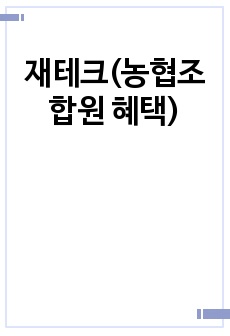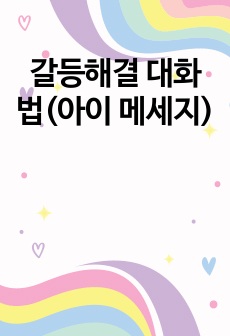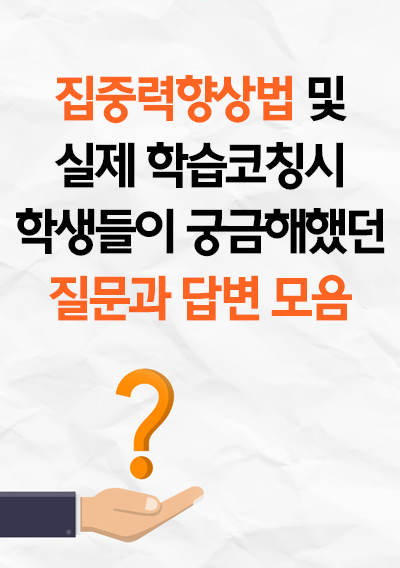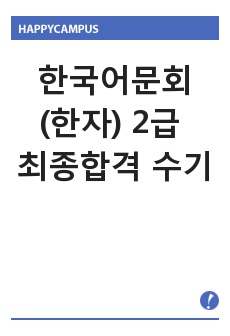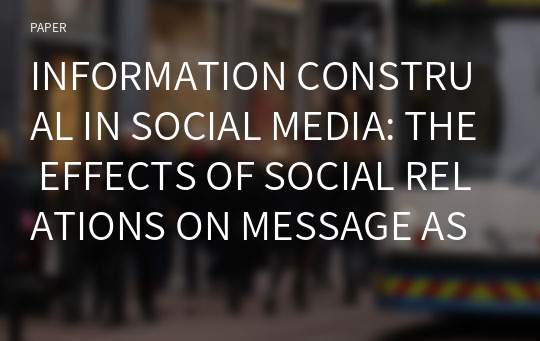INFORMATION CONSTRUAL IN SOCIAL MEDIA: THE EFFECTS OF SOCIAL RELATIONS ON MESSAGE ASSESSMENT AND CHOICE
* 본 문서는 배포용으로 복사 및 편집이 불가합니다.
서지정보
ㆍ발행기관 : 글로벌지식마케팅경영학회(GFMC)
ㆍ수록지정보 : GFMC Session1
ㆍ저자명 : Dongyoung Sohn
ㆍ저자명 : Dongyoung Sohn
영어 초록
IntroductionLiterally explosive is the growth of social media. The estimated number of monthly active Facebook users by the fourth quarter of 2016 is around 1.86 billion, almost a quarter of the world population, meaning that one in four people on the globe uses Facebook to read news, share gossips, communicate ideas, and build relationships with others. In the United States alone, 72% of all Internet users are reported to use Facebook (Pew Research, 2015), and to many, Facebook is no longer a small part of the Internet, but rapidly becoming the Internet itself.
As peer-to-peer information sharing becomes a global mainstream, concerns about the credibility of information shared online is growing fast as well. With no gatekeeper in a traditional sense, rumors and fabricated information lacking reliable evidences (e.g., fake news) may spread wide and fast, and individuals are left alone to assess and judge which among them is likely to be true (Metzger, Flanagin, & Medders, 2010). Unfortunately, we know very little about how individuals assess information fed through online social networks, and how such processing of information in the social media environment differs from those in traditional media environment.
In social media like Facebook where individuals and organizations interact through direct or indirect social relationships, what people can give and take is partly determined by with whom they have relationships and their locations in the entire network (Brands, 2014). For example, if one’s network consists mostly of college students, the network may be flooded with gossips, news, and information particularly appealing to them (e.g., how to pull an A from the hideous professor). If the network is made up of people from diverse backgrounds, meanwhile, the information shared therein will be as diverse as heterogeneous are the members’ characteristics and preferences.
Network topology may, therefore, be a crucial factor that shapes not only what you encounter in your own network, but also the way you assess the information found therein (Sohn, 2014). An identical message may be construed differently depending on how it has been encountered (e.g., who liked/shared in Facebook) as well as where it originates (e.g., who are the original source of the message). For instance, the news regarding the effectiveness of alternative medicine on curing cancer may be assessed differently depending on whether it is shared by lay people with similar interest or medical experts, which subsequently affects one’s decision to share it.
Whereas it is already well-founded that the original source quality plays an important role in communication (Visser & Cooper, 2007), relatively little attention has been devoted to unveiling the role of intermediate social environment lying between the original source and the final recipients. This study is aimed at examining systematically the role of social relations in individuals’ assessment of and decision to share information encountered in social media. More specifically, the focus will be on testing in an experimental setting how social relationship properties, reflecting psychological distance, shape individuals’ assessment of risk/benefit associated with the information received.
Psychological Distance and Decision under Risk
We are routinely exposed to a myriad of information from our immediate social circles including close friends and acquaintances as well as mass media. Some of them could be about the opportunities for earning extra profits (e.g., stock or real estate investment opportunities), while others about how to maintain better health (e.g., avoiding harmful chemical-intake). Whether it is about money, health or others, the decision to take an action on the information is a function of how to assess the risks involved.
According to the prospect theory (Kahneman & Tversky, 1979), people have an inherent tendency of being more sensitive to the loss than benefit of anything, making them prefer avoiding loss to having an equivalent amount of gain. This loss-aversive tendency also implies that people prefer the possible to sure loss, even if the former is greater than the latter. In other words, people become risk-seeking to avoid any loss with certainty. Suppose, for example, you are given a choice between losing $750 for sure and doing a gamble such that you lose $1000 with 75% chance or lose nothing with 25% chance. Despite the identical expected value ($1000 x .75 + $1000 x 0 = $750), people tend to lean over to the gamble rather than the sure loss. This may work in the opposite way for benefit – you may prefer the sure to possible gain, meaning that you become risk-aversive when benefit is at stake.
An interesting question is whether such a risk-seeking or aversion tendency is malleable (Tversky & Simonson, 1993). It is widely known that a message with identical contents can be construed differently depending on whether it is stated or framed in terms of benefit or loss (Slovic, 1995). Then, we might ask whether people construe messages differently depending on where they are from – whether they are from close-knit groups, distant acquaintances or some anonymous others. Prior studies have seldom considered such social contextual influence, which is essential to understanding communication in social media (Sohn, 2014).
Suppose you are considering taking an alternative medicine for treating a chronic illness of yours, which will surely get worse with no treatment (i.e., loss with certainty). The alternative medicine’s effectiveness is largely unknown and has never been under rigorous scientific tests. You post your thought about adopting it and have just got replies from two different sources in your Facebook network – a close friend and a mere acquaintance. Your friend says that using the alternative approach can be detrimental to your health (i.e., loss frame), while the acquaintance mentions that s/he trusts the medicine’s benefits (i.e., benefit frame). What would be your choice given the comments? Would your choice be reversed if your friend says its benefit, while the acquaintance warns its side effects?
It is posited in construal-level theory that “people use increasingly higher levels of construal to represent an object as the psychological distance from the object increases” (Trope & Liberman, 2010, p. 441). When there are pros and cons with respect to a course of action, people perceive cons (i.e., losses) psychologically closer than pros (i.e., benefits), which provides an explanation of why loss aversion occurs. In addition, it has been found that pros become more salient than cons as temporal distance to the action increases (e.g., buying a computer a year later; Eyal, Liberman, Trope, & Walther, 2004). Taken together, it may be inferred that the cons are salient when the action of interest is thought psychologically proximal, but the pros become more salient as it gets more psychologically distant. This inference can be applied to other distance dimensions including social distance as well.
Combining benefit-loss frames and social distance perceptions, we can come up with the following four different conditions as summarized in Table 1. With all other things held equal, people tend to feel loss psychologically closer than benefit. However, the salience of either benefit or loss in a person’s mind may also depend on how the information is presented -- whether a message with the information comes from a proximal or distant source. For example, if a message with emphases on an alternative medicine’s benefit came from a proximal source (BP), further decrease in psychological distance might make salient its potential side effects, and thus lessen the benefit’s influence on decision. Similar inferences can be made to the case when a message with emphases on loss came from a distant source (LD). Due to the increase in psychological distance, it might become difficult to think of the negative aspects of the target (Herzog, Hansen & Wanke, 2007).
If the message emphasizing either benefit or loss is aligned respectively with a distal (BD) or proximal source (LP), in contrast, they will become more salient in the person’s mind, which would exert a disproportionate influence on decision. Given the discussion, the following hypotheses can be proposed:
H1a. People perceive the benefit more salient, and thus are more likely to make a risky choice when it is supported by socially distant others than when no information of the social distance to the source is given (i.e., control condition).
H1b. People perceive the benefit less salient, and thus are less likely to make a risky choice when the benefit is supported by socially close others than when no information of the social distance to the source is given (i.e., control condition).
H2a. People perceive the loss more salient, and thus make a risky choice less when the loss is warned by socially close others than when when no information of the social distance to the source is given.
H2b. People perceive the loss less salient when the loss is warned by socially distant others than when no information of the social distance to the source is given.
Experimental Design
A 2 (message frames) x 3 (social distance) between-subjects online experiment will be conducted as follows. Subjects will be given multiple hypothetical risky choice situations with respect to such issues as making an investment, adopting a new medical treatment, purchasing a product. After being exposed to the choice scenarios, they will be asked a series of questions for measuring their issue-involvement levels, attitudes to the issue presented, thoughts related to benefits and losses, and final choices, along with relevant psychological and demographic characteristics.
Implications
No communication ever occurs in a social vacuum. Just as our everyday behaviors are shaped and often constrained by the physical places in which they are performed (e.g., rooms, streets, buildings), we communicate in a social setting consisting of direct and/or indirect relationships among people (Gifford, 2013). The knowledge of one’s social surroundings becomes more important in social media due to the manifest location dependency—meaning one’s position in a relationship network basically defines what can be seen and done. No matter whether information originally came from a newspaper, television program, or blog, the information is eventually transmitted via one of the network members, highlighting the importance of relationship patterns and qualities in communication processes. That is, in any socially-networked environment, people rely not only on inferences about the original source quality (e.g., authority, expertise), but also on the social contexts through which the information is received and shared. Most previous research has focused mainly on the former (i.e., source quality) while overlooking both the latter (i.e., social contexts) and any possible interactions between the two (Metzger, Flanagin, & Medders, 2010). The current study is believed to bridge the gap so that communication processes in the social media environment could be understood in a more systematic fashion.
참고 자료
없음"GFMC Session1"의 다른 논문
 FAST AND SLOW FASHION BRANDS IN DEVELOPING SUSTAINABLE ..6페이지
FAST AND SLOW FASHION BRANDS IN DEVELOPING SUSTAINABLE ..6페이지 “WHAT IF A CELEBRITY AND A BRAND CO-CREATE A NEW COLLEC..7페이지
“WHAT IF A CELEBRITY AND A BRAND CO-CREATE A NEW COLLEC..7페이지 THE INSTAGRAM’S STRATEGY IN ENGAGING THE CUSTOMER’S LOY..3페이지
THE INSTAGRAM’S STRATEGY IN ENGAGING THE CUSTOMER’S LOY..3페이지 THE PARTICULARITIES OF NEW PRODUCT DEVELOPMENT IN THE T..5페이지
THE PARTICULARITIES OF NEW PRODUCT DEVELOPMENT IN THE T..5페이지 THE LONE CHOCOLATE BAR: THE INFLUENCE OF PERCEIVED SCAR..6페이지
THE LONE CHOCOLATE BAR: THE INFLUENCE OF PERCEIVED SCAR..6페이지 ADS AS WORKS OF ART: MEASURING ADVERTISING IMMERSION3페이지
ADS AS WORKS OF ART: MEASURING ADVERTISING IMMERSION3페이지 ECONOMIES OF SMALL: NICHE STRATEGIES AND SUCCESS FACTOR..8페이지
ECONOMIES OF SMALL: NICHE STRATEGIES AND SUCCESS FACTOR..8페이지 THE INFLUENCE OF ONLINE CUSTOMER REVIEWS ON RETAILERS' ..6페이지
THE INFLUENCE OF ONLINE CUSTOMER REVIEWS ON RETAILERS' ..6페이지 IS THE ARTIFICATION PROCESS PERCEIVED BY FINAL CONSUMER..6페이지
IS THE ARTIFICATION PROCESS PERCEIVED BY FINAL CONSUMER..6페이지 THE ODD EVEN PRICE PARADOX IN THE FASHION LUXURY SECTOR6페이지
THE ODD EVEN PRICE PARADOX IN THE FASHION LUXURY SECTOR6페이지










